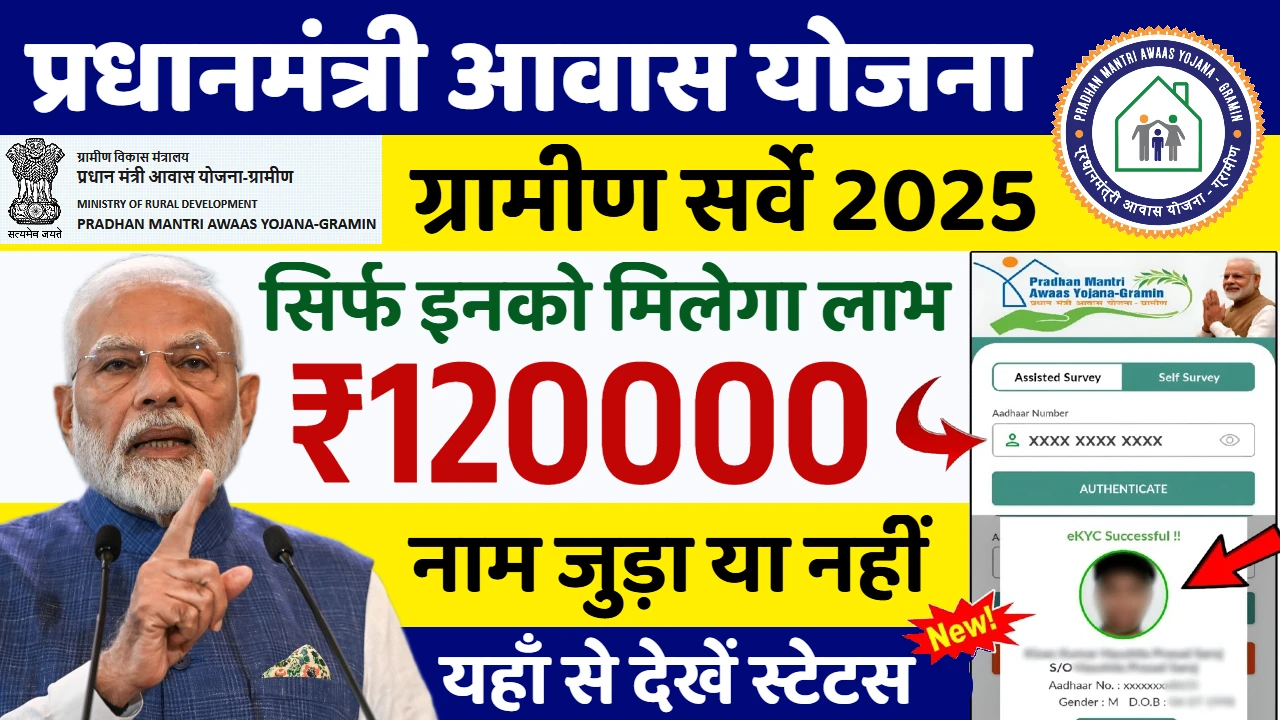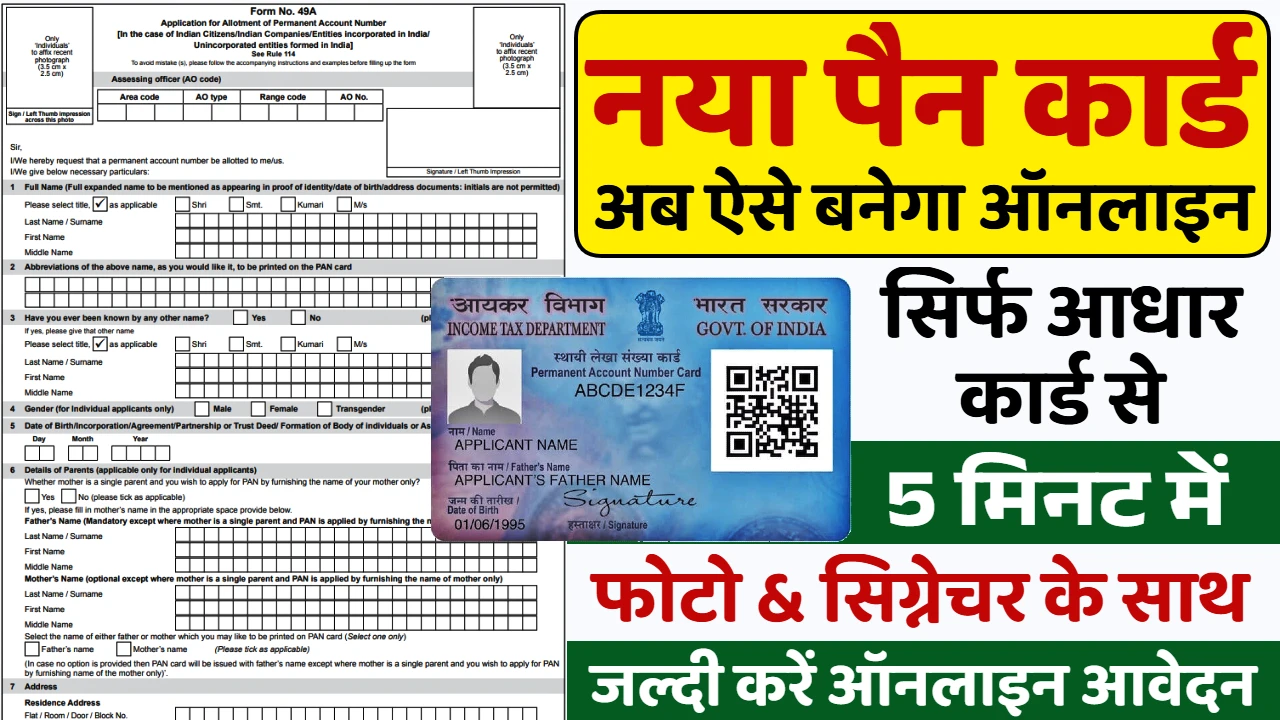Flight Ticket – In an increasingly interconnected world, air travel has become an indispensable part of both leisure and business. Yet, the process of securing the best flight tickets can often feel like a daunting task, riddled with countless options, fluctuating prices, and myriad booking platforms. This comprehensive guide aims to demystify the art of flight booking, offering practical advice and actionable steps to ensure you land the perfect deal for your next aerial adventure.
The Planning Stage: Laying the Groundwork for a Seamless Journey
Before you even think about clicking “book,” meticulous planning is paramount. Impulse buys often lead to overspending. Start by defining your travel parameters clearly.
- Destination and Dates: Pinpoint your exact destination and your desired travel dates. Flexibility, even by a day or two, can significantly impact prices. Consider traveling during the shoulder season (just before or after peak season) for better deals and fewer crowds.
- Budget Allocation: Set a realistic budget for your airfare. This helps narrow down your options and prevents you from getting sidetracked by flights outside your financial comfort zone.
- Travel Companions: Determine if you’re traveling solo, with family, or in a group, as this can influence seating preferences and luggage allowances.
Researching Your Options: The Digital Landscape of Flight Search
Once your basic parameters are set, it’s time to dive into the vast digital ocean of flight search engines and airline websites. This is where strategic research can save you a considerable amount.
- Online Travel Agencies (OTAs): Platforms like Skyscanner, Google Flights, Kayak, and Expedia are excellent starting points. They aggregate data from numerous airlines, offering a broad overview of available flights and prices. Utilize their filtering options for specific airlines, layovers, or departure times.
- Airline Official Websites: While OTAs are great for comparison, always cross-reference prices on the airline’s direct website. Sometimes, airlines offer exclusive deals or loyalty program benefits not found elsewhere.
- Incognito Mode: When searching for flights, consider using your browser’s incognito or private Browse mode. Some websites track your searches and may subtly inflate prices for routes you’ve viewed multiple times.
Timing is Everything: When to Click “Buy”
The age-old question of “when is the best time to Flight Ticket Book” remains a perennial concern for travelers. While there’s no magic formula, certain patterns emerge.
- Advance Booking: For international travel, booking 2-6 months in advance often yields the best results. For domestic flights, 1-3 months out is generally a good window.
- Mid-Week Deals: Flights departing on Tuesdays, Wednesdays, and Saturdays are often cheaper than those on peak travel days like Fridays and Sundays. Similarly, booking on a Tuesday or Wednesday sometimes unearths better prices.
- Avoiding Peak Seasons: Travel during major holidays or school breaks invariably leads to higher fares. If your schedule allows, avoid these periods.
Understanding Fare Types and Their Implications
Not all flight tickets are created equal. Understanding the nuances of different fare types is crucial to avoid hidden costs and ensure your chosen ticket aligns with your travel needs.
- Economy Class: The most common and budget-friendly option, often with limited amenities. Be mindful of baggage allowances and seat selection fees.
- Premium Economy/Business/First Class: Offer enhanced comfort, more legroom, improved meal services, and higher baggage allowances, but at a significantly increased cost.
- Basic Economy/Hand Baggage Only Fares: These are often the cheapest but come with severe restrictions, such as no checked baggage, no seat selection, and hefty change fees. Read the fine print carefully before committing.
Decoding the Price: Factors Influencing Flight Costs
Several dynamic factors contribute to the ever-fluctuating price of an air ticket. Awareness of these can empower you to make more informed decisions.
- Demand and Supply: High demand for a particular route on specific dates will inevitably drive up prices. Conversely, off-peak travel can lead to lower fares.
- Fuel Costs: Global fuel prices directly impact airline operating costs, which are then passed on to consumers.
- Competition: Routes with multiple airlines competing often see lower prices due to competitive pressure.
- Ancillary Services: Baggage fees, seat selection, in-flight meals, and entertainment can add substantially to the base fare. Factor these into your overall budget.
The Booking Process: Step-by-Step Execution
Once you’ve found your ideal flight, the actual booking process is fairly straightforward, but attention to detail is critical.
- Verify Details: Double-check all flight details: departure and arrival airports, dates, times, and passenger names. A small error can lead to significant rebooking fees.
- Passenger Information: Accurately enter all passenger names as they appear on their passports or government-issued IDs.
- Seat Selection (Optional): If you have specific seating preferences, consider pre-selecting your seats, though this often incurs an additional charge.
- Payment: Use a secure payment method. Many airlines offer various options, including credit cards, debit cards, and digital wallets.
Essential Post-Booking Steps: Securing Your Journey
Your job isn’t done the moment you hit “confirm.” A few crucial steps post-booking can ensure a smooth travel experience.
- Confirmation Email: Save your confirmation email with the booking reference number. This is your primary proof of purchase.
- Check-in Procedures: Familiarize yourself with the airline’s check-in procedures, whether it’s online check-in, mobile check-in, or airport counter check-in.
- Baggage Allowance: Reconfirm your baggage allowance to avoid surprises and excess baggage fees at the airport.
- Travel Insurance: Consider purchasing travel insurance, especially for international trips, to protect against unforeseen circumstances like cancellations, delays, or medical emergencies.
Leveraging Loyalty Programs and Alerts
For frequent flyers, loyalty programs offer a wealth of benefits, while price alerts can help you snag a deal without constant monitoring.
- Airline Loyalty Programs: Enroll in airline frequent flyer programs to earn miles or points that can be redeemed for future flights, upgrades, or other travel perks.
- Credit Card Travel Benefits: Many credit cards offer travel rewards, airport lounge access, or travel insurance. Explore options that align with your travel habits.
- Price Alerts: Set up price alerts on Google Flights or other OTAs for your desired route. You’ll receive notifications when prices drop or increase, allowing you to book at an opportune moment.
Common Pitfalls to Avoid
Even the most seasoned travelers can fall prey to common booking mistakes. Being aware of these can save you headaches and money.
- Ignoring Layover Times: Ensure sufficient layover time, especially for international connections, to account for potential delays and terminal changes.
- Not Reading the Fine Print: Always read the terms and conditions, especially regarding baggage, changes, and cancellations.
- Booking Too Many Separate Tickets: While sometimes cheaper, booking separate tickets for connecting flights on different airlines can be risky if one leg is delayed, as the other airline won’t be obligated to assist.
- Falling for Scams: Be wary of unusually low prices from unknown websites. Stick to reputable OTAs and airline official sites.
Conclusion: Empowering Your Air Travel Decisions
Booking flight tickets, while seemingly complex, becomes manageable with a strategic approach and an understanding of the underlying dynamics. By meticulously planning, diligently researching, timing your purchase wisely, and being aware of potential pitfalls, you can confidently navigate the world of air travel and secure the best possible deals. Happy travels!












